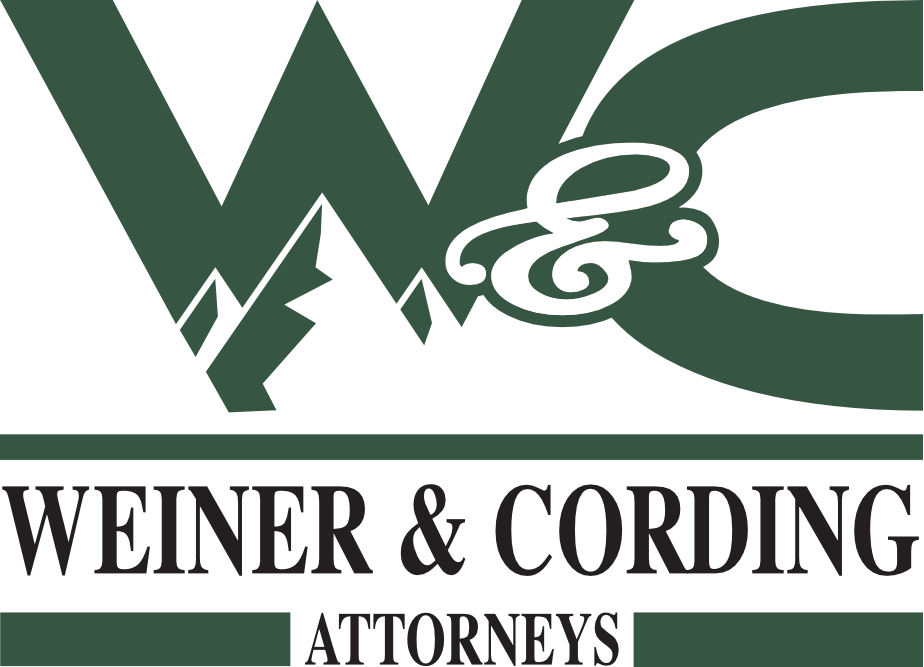This is a modified/abridged version of an article Annmarie Cording wrote for the Winter 2014 Issue of Boulder County Kids magazine. Check out their website for online versions of past issues.
Unfortunately, many young families do not devote time to estate planning. They often feel they have no estate to worry about, or that they are too busy to deal with such a big task. All too often, people just don’t know where to start. It can be difficult to talk about death, and this difficulty increases when you have children. However, while estate planning is important for everyone, it is especially important for young families.
What is estate planning, anyway? Estate planning is the creation of a plan to dispose of your estate upon your death. A comprehensive estate plan often consists of a will, a living will, one or more trusts, and other written documents. An estate plan isn’t just about money. Estate planning is about your family and helping your loved ones through the difficulty of your death. Your estate plan provides guidance for your heirs when you pass away. It is the instruction manual for things like divvying up assets, and for things like the ongoing care of your children and other dependents.
Estate planning is individual and unique based on your own circumstances. What works for another person may not work for you. The hardest part of estate planning is the early stages of gathering information and thinking about all the things that need to happen upon your death. Most people find that this “brainstorming” is actually the hardest part of estate planning. Putting all that information down into written documents, such as a will, is easy compared to the brainstorming. But it is absolutely necessary to brainstorm first. If you jump into estate planning without thinking about what you are doing, it is easy to forget important details.
To begin estate planning, start small. Sit down and make a list of all your assets. I bet you forgot something! That’s why you should save your list and look at it again tomorrow. Keep working on your list until it includes everything.
Next, make a list of your “beneficiaries,” or the people that will receive money or other assets from your estate. Think about your chosen beneficiaries and what they need and want. For example, your young children will need money for school and guardians to take care of them. On the other hand, maybe your adult brother has always wanted that painting in your living room.
Finally, make a list of all the people that will be in charge when you pass away. For instance, your “personal representative” administers your estate and completes any unfinished business, such as filing estate taxes. The personal representative is named in your will. You may also need “trustees” to administer trusts, and you will need to appoint guardians for your minor children. One person can probably do all of these jobs, but it is a good idea to spread the responsibilities among several trusted individuals. It is also important to name backups, just in case the people you choose are unable to do the job(s).
The final step is to create estate planning documents based on all the planning you’ve done. It is important to speak to professionals for this final step because many estate planning documents must meet specific legal requirements. Estate planning attorneys, financial advisors, and certified public accountants can help you through the process of estate planning, especially when it comes time to draft estate planning documents.
The law is always changing. We cannot guarantee that the information provided herein is current and accurate. Every situation is different. Do not refrain from seeking legal advice from a lawyer because of anything contained in this blog. Consult an attorney for individual legal advice regarding your own situation.
